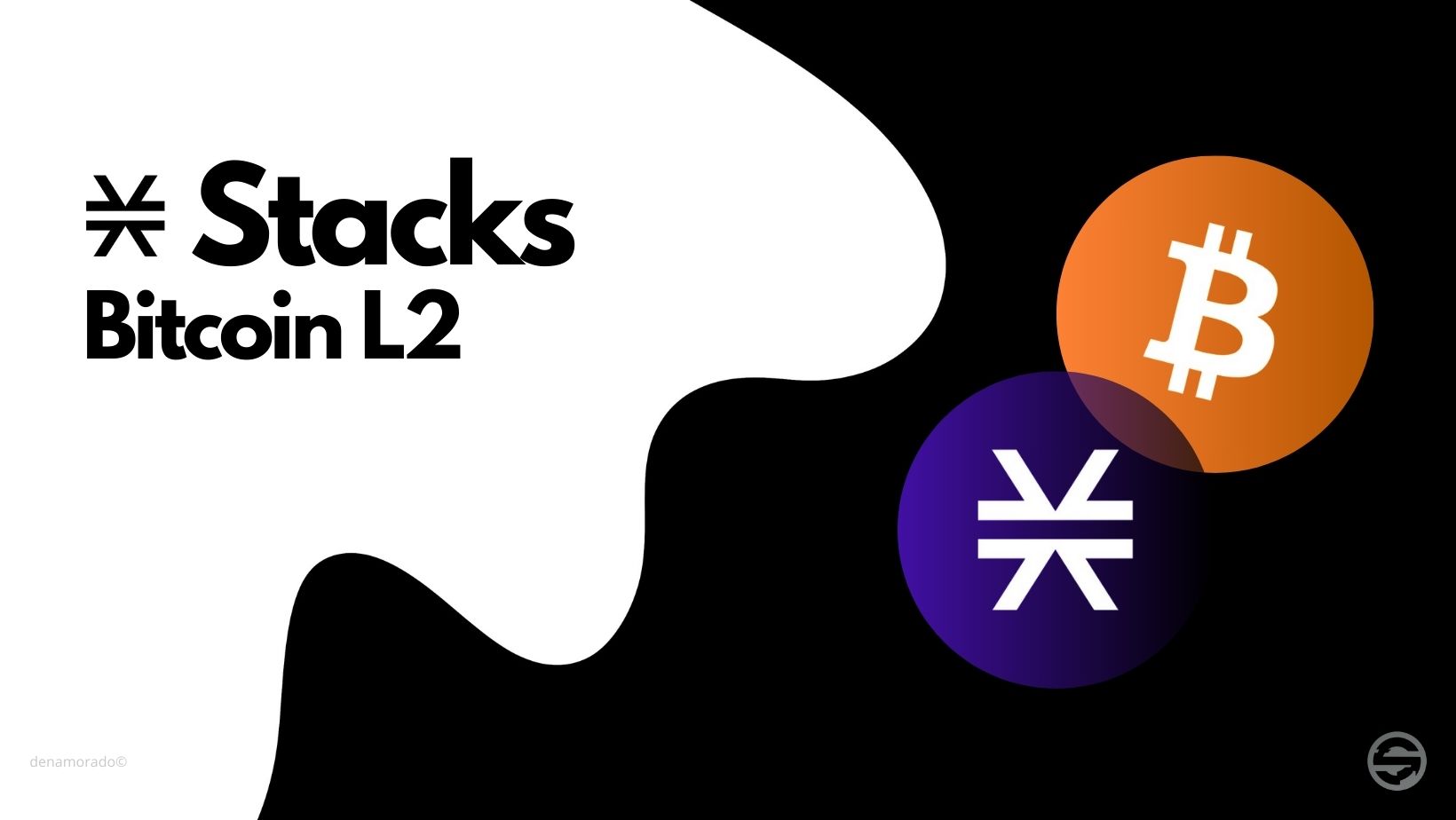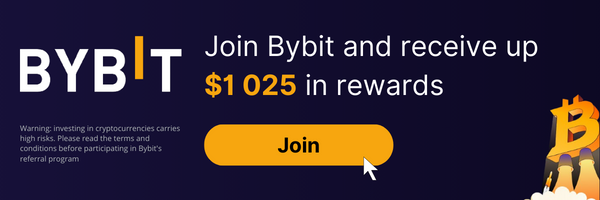
Table of contents
What is Stacks (STX)?
Stacks is based on a consensus mechanism called Proof of Transfer (PoX), which gives it the ability to interconnect with the Bitcoin blockchain, taking advantage of the robust security inherent in Bitcoin. This architecture is designed to be highly scalable, allowing transactions to take place directly on the Bitcoin blockchain. What's more, Stacks uses the Clarity programming language, specially designed to offer security and predictability. This approach enables developers to have absolute certainty as to the behavior of a contract before it is executed.
The origins of Stacks
The Stacks project was inaugurated in 2017 by Muneeb Ali, just after completing his PhD, who laid the foundations of the Stacks layer for Bitcoin. That year, the first white paper saw the light of day, generating significant attention and support for the project. Prior to this, the team behind Stacks had already developed protocols and applications on the Bitcoin blockchain, laying the foundations for their work on Stacks.
In 2019, Stacks reached a major milestone by completing the first token offering approved and validated by the Securities and Exchange Commission (SEC) for the general public, including in the USA. Between 2018 and 2020, the team focused primarily on developing the Stacks infrastructure, designed as a programming layer for Bitcoin.
- The Stacks cryptocurrency has a pre-established offer that is expected to peak at around 1.818 million STX.

Proof of Transfer (PoX) consensus
As already mentioned above, Stacks operates using the Bitcoin blockchain as its foundation. The Proof of Transfer (PoX) consensus mechanism is what links Bitcoin and Stacks. It reuses Bitcoin's Proof of Work, giving Stacks transactions the benefits of Bitcoin's full finality, meaning that Stacks transactions become as irreversible as Bitcoin ones. Proof of Transfer also enables staking, giving Stacks token holders the option of locking their STXs to help secure the network and validate transactions. In doing so, they receive a share of the Bitcoin that miners spend on mining new Stacks blocks.
Potential applications for Stacks
As a reminder, the main objective of Stacks is to increase Bitcoin's potential. Acting as a layer 2 on Bitcoin, Stacks will extend Bitcoin's capabilities through smart contracts and dApps, freeing up billions in latent capital.
Potentially, Stacks paves the way for various applications, such as decentralized finance (DeFi), non-fungible tokens (NFTs), and many others. Developers can, for example, design applications requiring highly flexible smart contracts, high performance or enhanced confidentiality. In addition, Stacks enables atomic swaps (a method of trading between different cryptocurrencies without requiring the intervention of a trusted third party) of BTC and assets held by BTC addresses, further expanding the possibilities for using Bitcoin.
Where can I buy Stacks (STX)?
- STX is available for purchase on several renowned exchange platforms, such as Bybit, Binance, Coinbase and many others. For a complete list of exchange platforms and trading pairs, visit Coinmarketcap.

- Sources:
- https://www.stacks.co/learn/introduction, consulted on 23.03.24
- https://www.coinbase.com/fr-fr/price/stacks, consulted on 23.03.24
- Disclaimer: this is not financial advice. Satolix.io website aims to inform readers about Blockchain, cryptocurrencies and Web3. Any type of investment involves risk. Please do your due diligence and research the articles and projects presented on the site. Be responsible and don't invest more than your goals or financial means allow. In this regard, please read our page: Warning about virtual currencies.
Some articles on the site contain affiliate links, and using them to register on the site enables the site to grow through the collection of commissions. By doing so, you also make yourself eligible for a welcome bonus such as a voucher or reduced fees, for example.



 Blockchain, Bitcoin, Crypto, DeFi, Layer 2
Blockchain, Bitcoin, Crypto, DeFi, Layer 2 2024-03-25
2024-03-25
